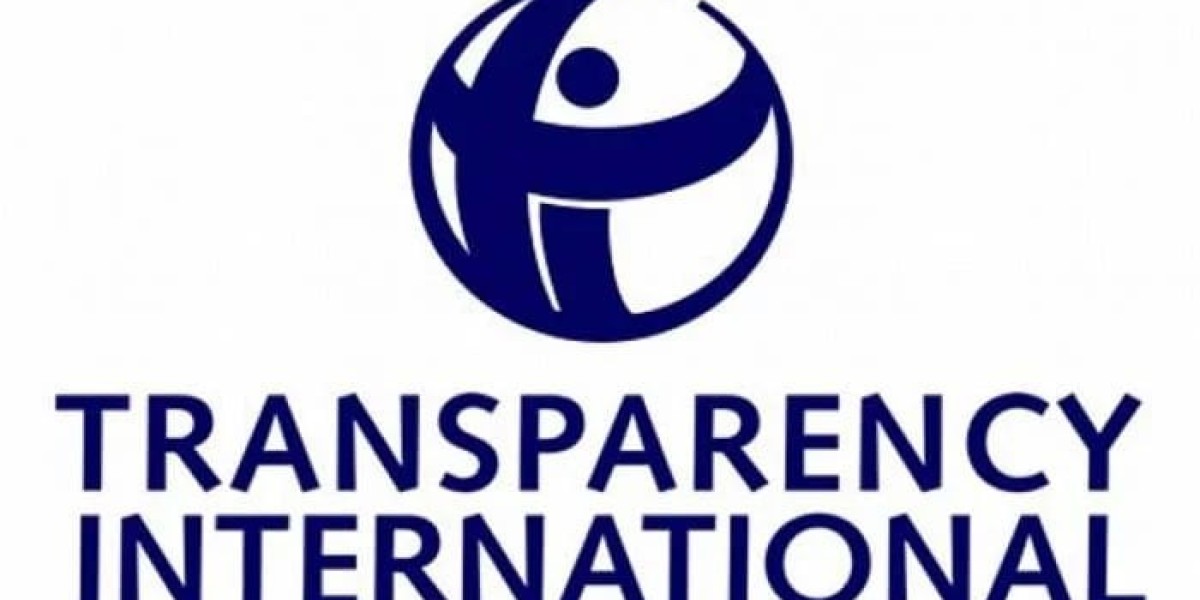If you're like many people, you might have heard of the Transparency International Corruption Index and wondered, what does it really mean for everyday citizens? How can this index impact countries or corporations, and more importantly, what does it mean for the global fight against corruption? These are important questions that need answers. Understanding the Transparency International Corruption Index can help clarify how global corruption is measured, why it matters, and what it means for the future.
Why Should You Care About the Corruption Index?
At first glance, the Transparency International Corruption Index might seem like just another list you’ll forget about the moment you close your browser. However, its implications are far-reaching. If you’ve ever felt frustrated by slow bureaucracy, unfair laws, or corrupt practices in your country or company, then this index might offer valuable insight. The Corruption Index sheds light on how prevalent corruption is in governments and businesses around the world.
In fact, its relevance extends to all aspects of society, whether you live in a developed nation or a developing one. It helps governments understand where they stand in the global battle against corruption and offers citizens a gauge for pushing accountability in their local and national institutions.
By measuring corruption levels based on perception, the Corruption Index encourages transparency, better governance, and fosters trust between the public and officials. Furthermore, businesses can also use the index to gauge risks when entering new markets or working with foreign governments, helping prevent legal and financial trouble.
What Exactly is the Transparency International Corruption Index?
The Transparency International Corruption Index is an annual ranking of countries based on how corrupt their public sector is perceived to be. It uses data collected from experts, businesspeople, and international organizations to create a score from 0 to 100. A score closer to 0 indicates a highly corrupt public sector, while a score of 100 means the country is perceived to have a very clean and transparent government.
The index doesn't focus on actual corruption cases but on perceptions, so it highlights the systemic issues that contribute to corruption. The beauty of the index lies in its simplicity it compiles complex data in a way that’s digestible and actionable for everyone from policymakers to ordinary citizens.
How Are Countries Ranked?
Countries are ranked according to their perceived level of corruption in the public sector. A variety of factors influence the ranking, including the prevalence of bribery, the effectiveness of government audits, the transparency of public procurement processes, and the enforcement of anti-corruption laws.
Transparency International sources its data from over a dozen institutions, including the World Bank and the Economist Intelligence Unit, ensuring a comprehensive and accurate snapshot of the global corruption landscape. This aggregated data allows for a cross-country comparison and provides clear insights into where countries stand in terms of governance integrity.
What Are the Benefits of Transparency?
For countries, having a high ranking on the Transparency International Corruption Index has tangible benefits. Countries that score well on the index are generally seen as stable, trustworthy places for foreign investment, which can lead to economic growth. The public's trust in government institutions also tends to be higher, which can help foster a more active and engaged citizenry.
On the other hand, countries with low rankings tend to struggle with poor economic performance, social unrest, and political instability. In these nations, citizens are often reluctant to trust government institutions, which can create a vicious cycle of corruption that’s hard to break.
Can the Index Change the Course of a Nation?
While the Transparency International Corruption Index doesn’t directly control a country’s level of corruption, it plays a crucial role in raising awareness. When a country’s corruption score is released, it creates public discussions and pressure to improve the situation. For instance, countries with low scores may be faced with both internal and international pressure to clean up their act and improve transparency.
Countries like Denmark and New Zealand consistently perform well on the index, with transparency policies that have set an example for the rest of the world. These countries demonstrate that with strong institutions, accountability, and proactive anti-corruption measures, it is possible to maintain a government that works for the people and not just for a select few.
Can Businesses Use the Transparency International Corruption Index?
Yes! For businesses, the Transparency International Corruption Index can be an essential tool in risk management. When a company is considering expanding to a new country or working with a foreign government, the index can provide a clear picture of the corruption landscape.
A high corruption level can present risks such as bribery demands, legal issues, and reputational damage. For example, multinational companies may be cautious about entering countries with low rankings, knowing that they could face ethical dilemmas or even legal consequences if they fail to navigate these systems properly.
Furthermore, understanding the index can help businesses develop robust compliance strategies. Companies can focus their resources on areas most at risk for corruption, including setting up stricter internal controls, transparency measures, and due diligence practices.
Does the Index Influence Global Policy?
Yes, the Transparency International Corruption Index does play a role in shaping global policy. Governments and international organizations use the data to assess the effectiveness of anti-corruption programs and identify areas in need of improvement. The index is often cited in diplomatic talks and discussions related to human rights, governance, and foreign aid.
For example, the European Union has used the index to assess whether countries applying for membership meet specific governance standards. It also serves as a key reference for donor agencies in allocating resources to countries that are committed to improving transparency.
Countries that are consistently ranked low on the index often face







